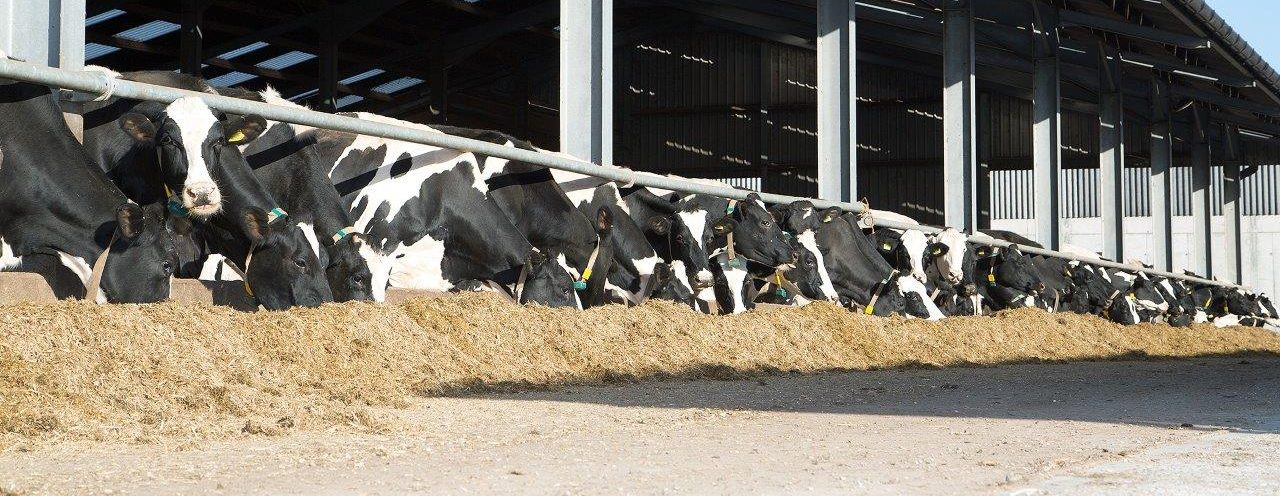By Jonathan Hill
Reducing your cost of production will help maximise your profitability. Conducting on-farm benchmarking will make this possible. This management step is key for you to take greater control of your long-term business sustainability.
With volatility set to continue to affect the British dairy industry, it’s important that producers take steps to help them understand how their business is performing. This will allow them to make better-informed decisions to help future-proof their businesses.
Benchmarking allows you to take a more tailored approach to identify key areas of strength and opportunity, and then plan to seize on those opportunities.
In order to make the most of the benchmarking process, you should follow these three steps.
1. Know your numbers
By knowing the numbers, you can then analyse performance and make informed decisions on where to take your business next. Understanding your cost of production as pence per litre is vital. This not only gives you a quick snapshot of business performance should milk prices change but is also the easiest measure to compare directly with other businesses. You can then look at more in-depth figures such as herd gross margin and overhead costs to develop the wider picture.
2. Analyse, compare and identify
Analysing and comparing your businesses data against others is the next step.
Whether it’s against your peers, those in a working group, or other Promar Farm Business Accounts (FBA) clients, the important thing is to compare yourself with multiple businesses. Then you will gain a full picture of how your business stacks up. Comparing your business with those running a similar system allows you to fully evaluate your cost of production and identify whether, and how, things can be done better. This isn’t just about looking at the negatives, you should also be looking to identify your areas of strength, so you can continue to drive these areas.
3. Action plan
Knowledge without action will not benefit your business. It’s all well and good identifying your areas of strength to build on, and weaknesses that could provide opportunities. But, you need to develop a plan to gain from any analysis. You will likely have a number of areas where improvements could be made. It is important to analyse the data and then focus on just one or two areas that the data indicates will help generate the best return on your investment of time and resources.
Once the key areas of focus have been identified, you must start developing an action plan that includes short, medium and long-term goals, and a timeline for making them happen.
Not everything can be changed at once, and some areas of focus may be a continual process of improvement. However, setting yourself goals with a clearly defined time frame to achieve them in gives you and your staff a drive to achieve what could otherwise seem like a daunting list of tasks.
Continual improvement is vital for all businesses to survive, and benchmarking is one of the most important and influential management tools that a farmer can use in order to take control of their business.








